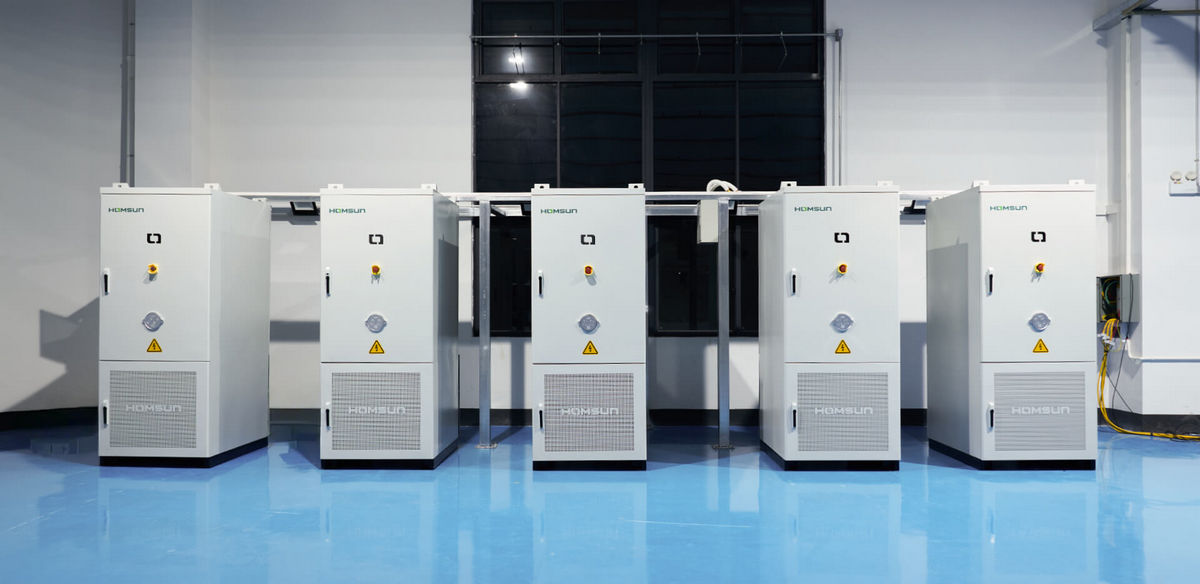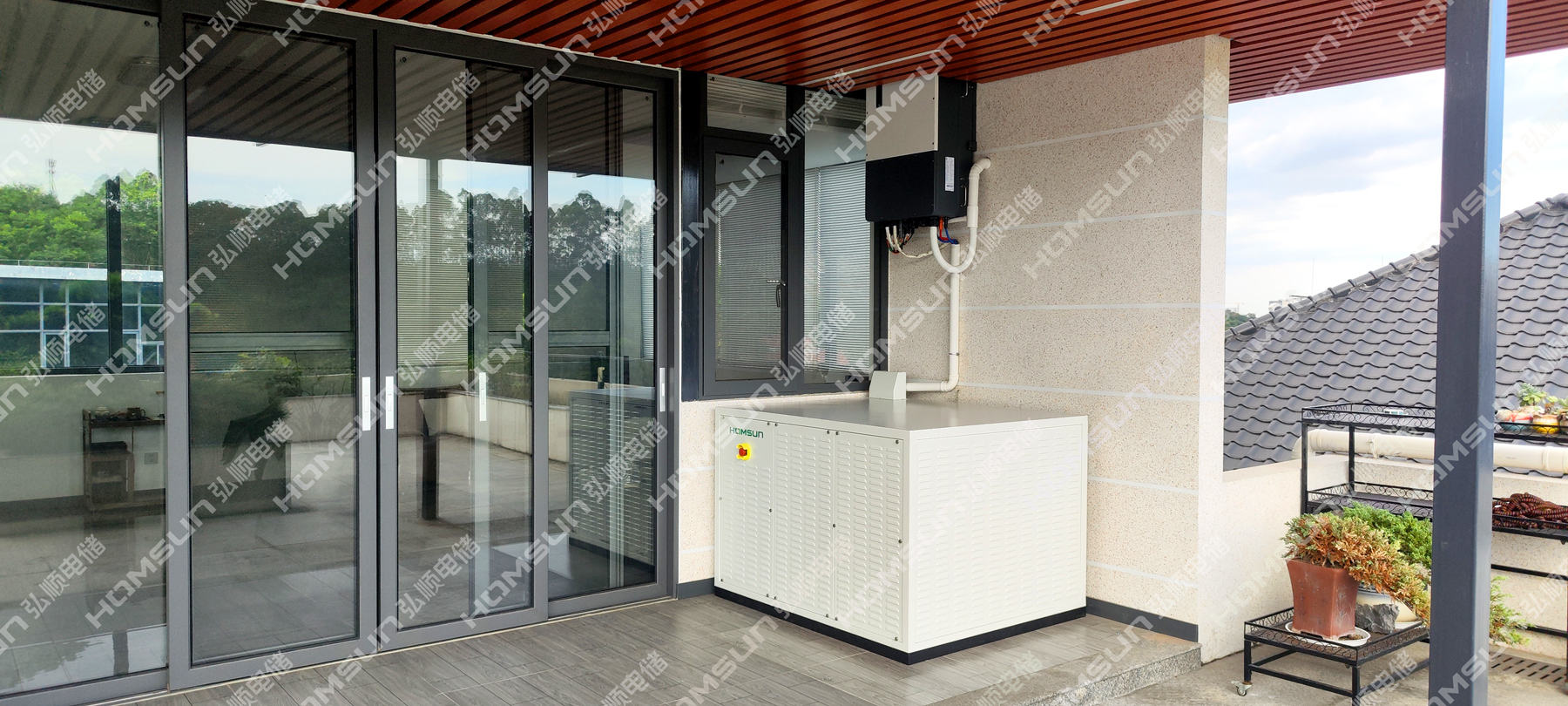Economic Analysis of Commercial & Industrial Energy Storage and Homsun Energy Storage Solutions

Panoramic Core Profit Models and Pearl River Delta Practices:
As a hub for intelligent manufacturing in the Pearl River Delta, Foshan and surrounding cities exhibit significant peak-valley electricity price differentials , creating inherent advantages for energy storage economics.
Homsun leverages its self-developed C&I energy storage cabinets and integrated solar-storage solutions, combined with Greater Bay Area policy benefits, to establish six revenue closed-loops:
1. Peak-Valley Price Arbitrage | Economic Cornerstone of C&I Energy Storage Cabinets
Model Analysis: "Buy low, sell high" electricity strategy with dual charge-discharge cycles.
Homsun Solution:
• Technical Support: Liquid-cooled cabinets equipped with three-level converters for precise valley charging and peak discharging.
• PRD Advantage: Foshan and Dongguan are key demand-side response cities in Guangdong, where price differentials coupled with local subsidies amplify returns.
2. Energy Time-Shifting Optimization | Value Amplifier for Solar-Storage Integration
Model Analysis: Stabilize PV volatility and enhance green energy self-consumption.
Homsun Practice:
• PV-Storage Synergy: Store excess midday PV generation for afternoon peak discharge.
• Quantified Benefits: Projects reduce electricity costs further, achieving 85% green energy self-consumption.
• Foshan Context: Shunde District’s PV capacity exceeds 400MW; Homsun’s "storage + flexible grid-tie" solution mitigates curtailment.
3. Demand Charge Management | Transformer Upgrade Alternative
Model Analysis: Dynamically regulate power peaks to avoid demand charge overages.
Core Solution:
• Hardware: EMS monitors real-time loads and smooths fluctuations via rapid response.
• Data Validation: One enterprise reduced monthly peak demand by 32%, saving 180k yuan/year in basic fees.
• PRD Pain Points: Transformer upgrades cost 200k yuan/MVA in manufacturing hubs like Guangzhou-Shenzhen-Foshan; storage delays upgrade needs.
4. Demand Response | Policy-Driven Revenue in the PRD
Model Analysis: Earn subsidies by participating in grid peak-shaving.
Homsun Capabilities:
• Subsecond Response: Cabinets achieve grid connection/disconnection within 100ms, meeting Guangdong’s "2-hour fast response" mandate.
• Case Study: A Foshan tech park earned 20k yuan per event through 30 annual peak-shaving events.
• Policy Leverage: Guangdong Virtual Power Plant Implementation Plan offers 0.3 yuan/kWh subsidies, piloted in Financial City and Tanzhou Convention Center.
5. Electricity Spot Trading | VPP Model Breaks Profit Ceilings
Model Analysis: Aggregate storage resources for power market bidding.
Implementation:
• Hardware Foundation: Homsun EMS supports Modbus-TCP for third-party platform integration.
• Revenue Model: A Dongguan industrial park achieved 0.15 yuan/kWh arbitrage via VPP intraday trading.
• Market Potential: 48% price volatility in Southern China’s spot market positions cabinets as premium arbitrage tools.
6. Ancillary Service Compensation | Stabilized Revenue Anchor
Model Analysis: Earn fees via frequency regulation and reserve services.
Technical Assurance:
• Key Specs: ≤200ms response time, ±1% regulation accuracy.
• Commercial Proof: A Zhuhai frequency regulation project boosted annual returns by 19%, lifting IRR to 14.7%.
• Regional Opportunity: Southern Grid compensates 0.5-0.8 yuan/MW for ancillary services, outperforming gas turbines.




